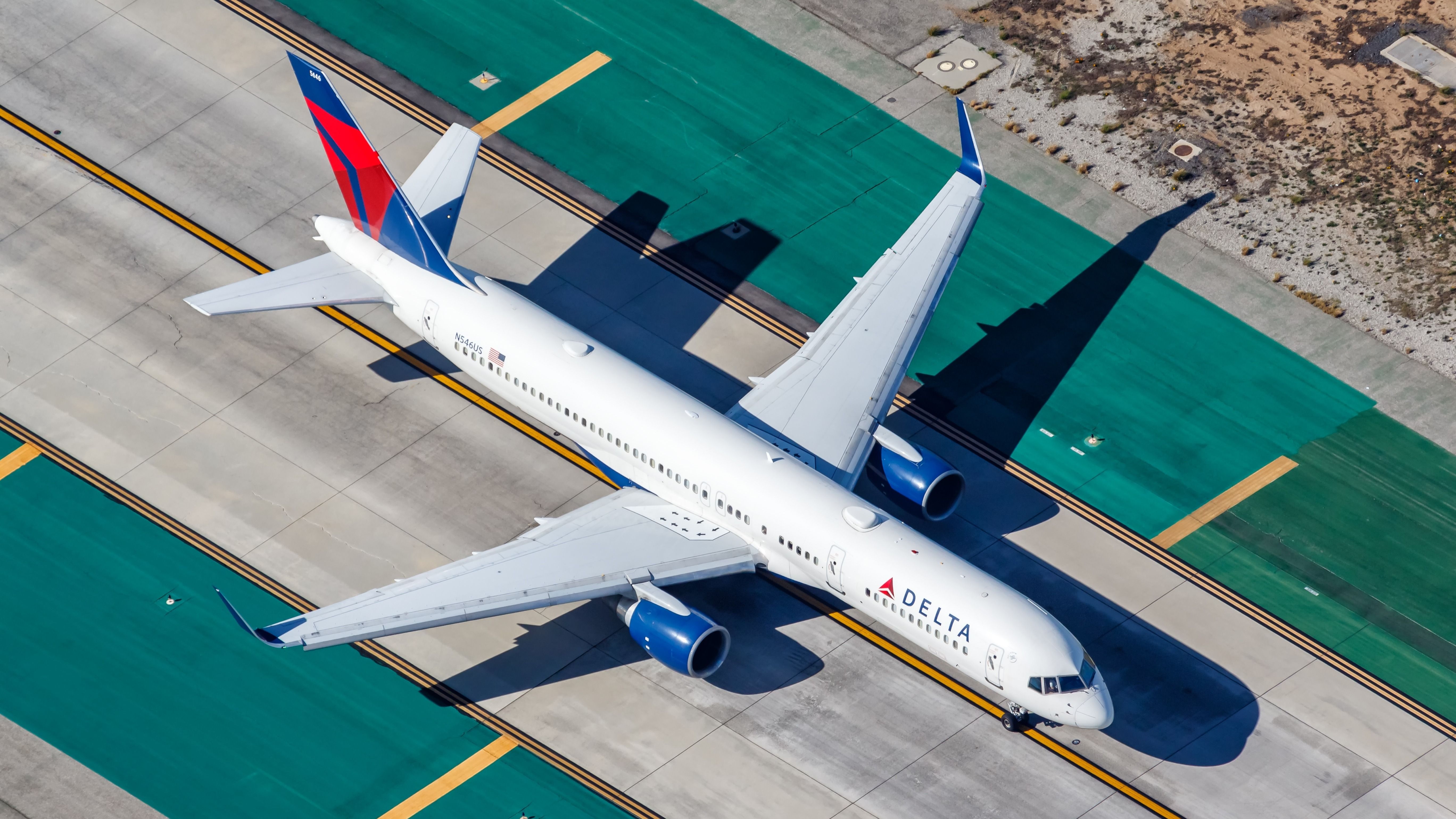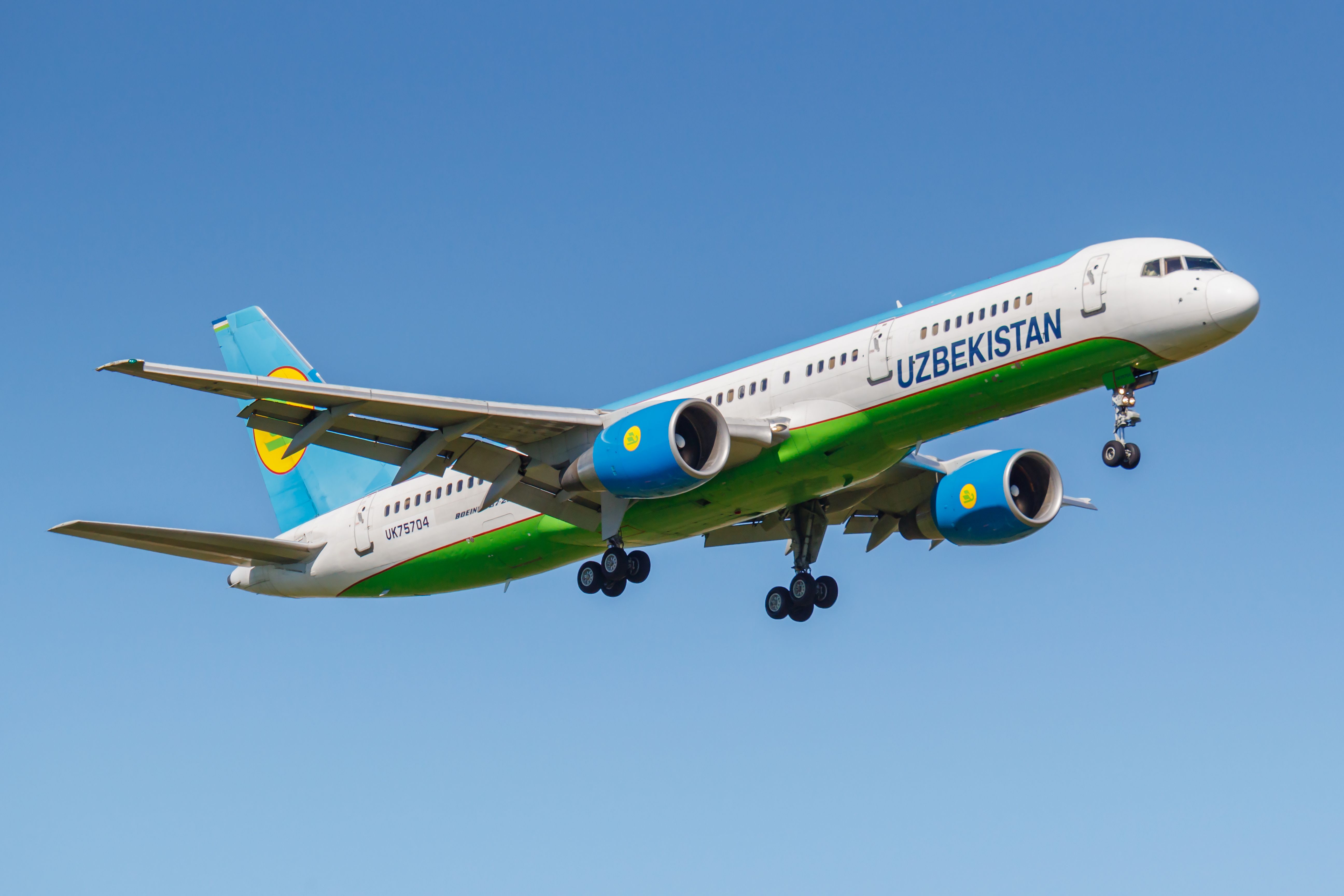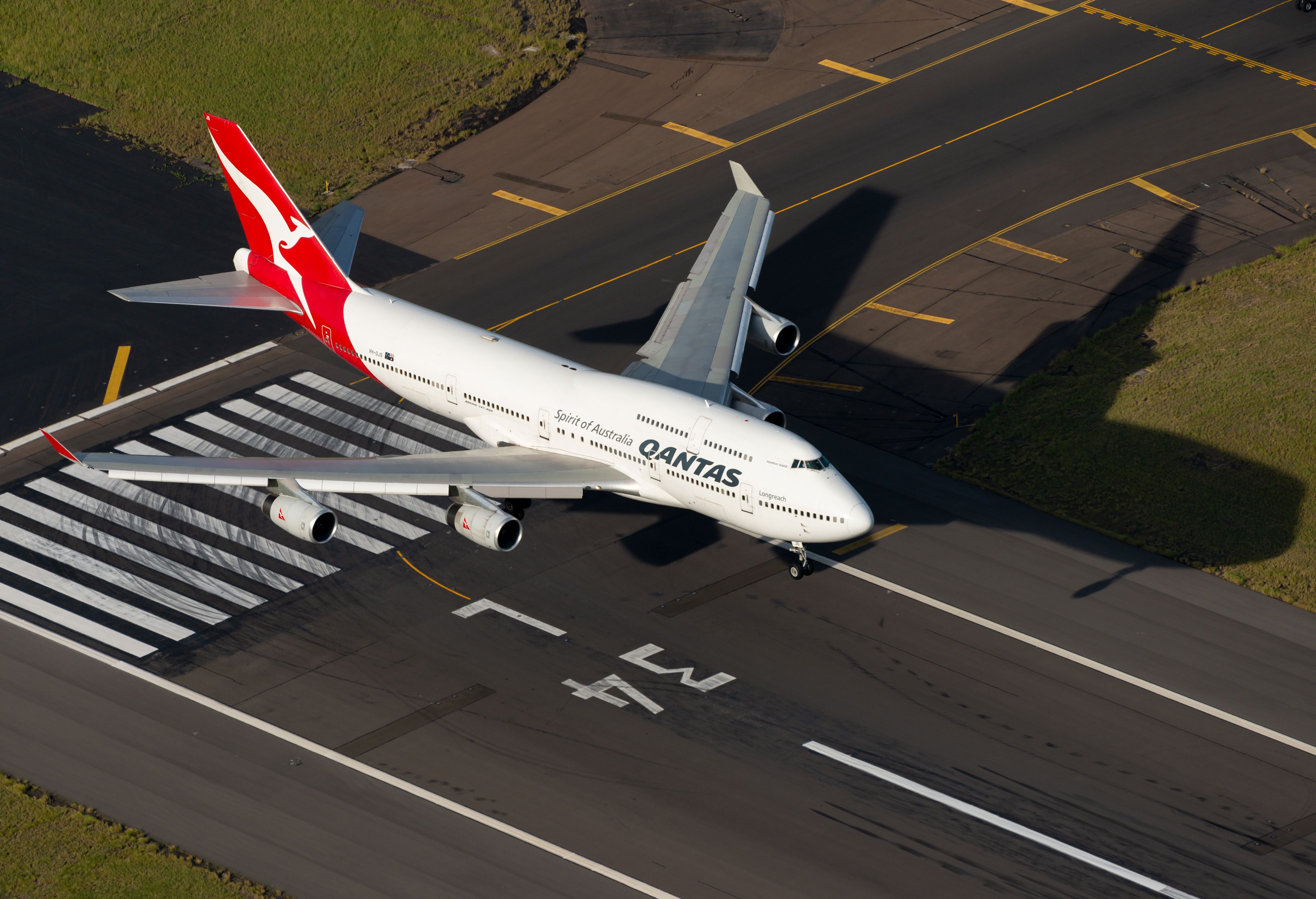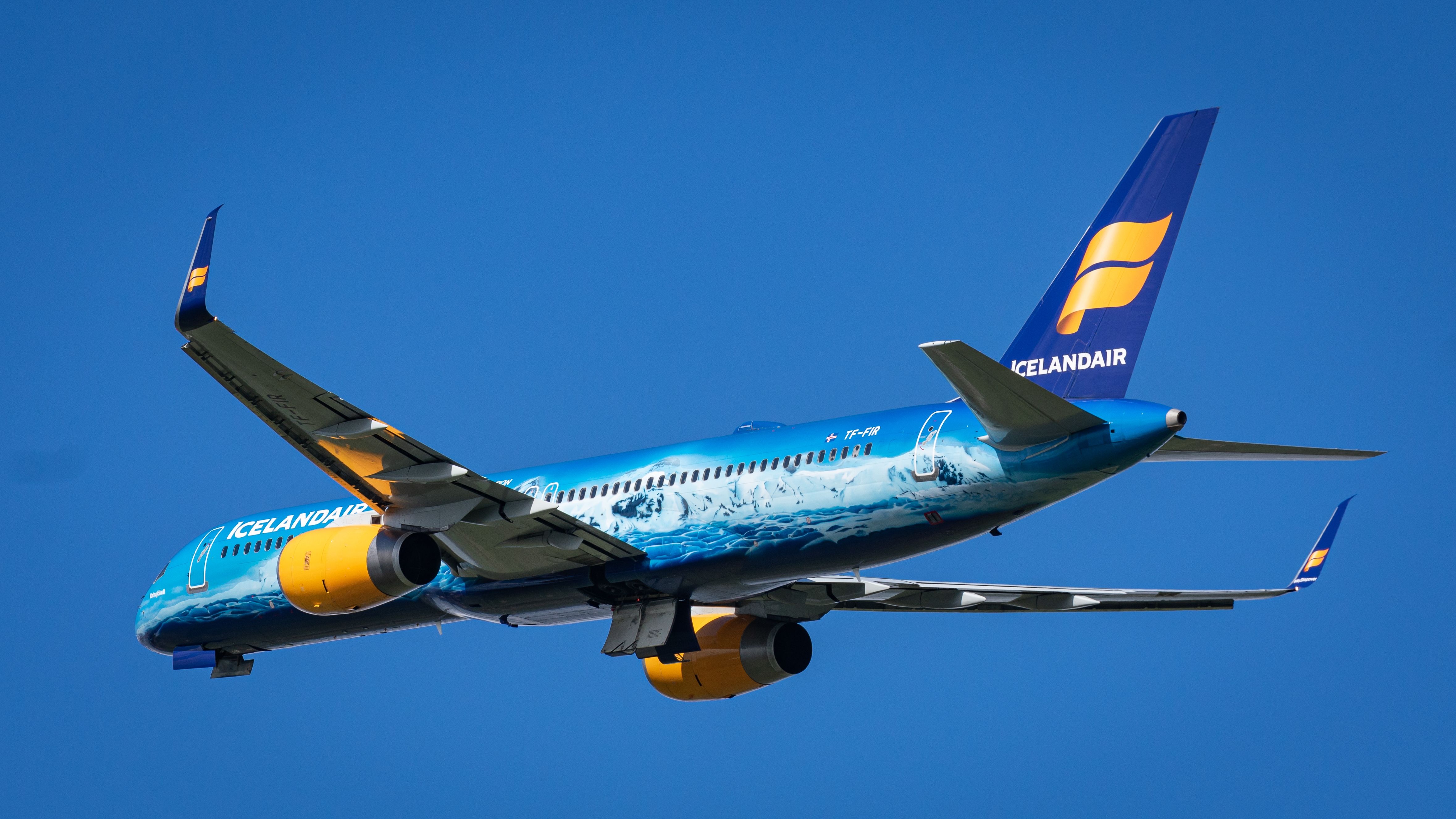In emergency situations involving a return to the departure airport shortly after take-off, or a flight being cut short, aircraft will often dump fuel in order to reduce their weight on landing. Fuel dumping is a procedure that must be carried out far from other aircraft, and at a height of at least 6,000 ft, to ensure that the fuel will have dissipated before reaching the ground.
However, there are several aircraft that are unable to dump fuel, with the Boeing 757 being one of them. What are the reasons for this?
Different rules for different aircraft types
Different aircraft types have different maximum allowable landing weights. For some aircraft types, the maximum allowable landing weight is substantially less than the aircraft's take-off weight. The Boeing 747, 777, and Airbus A380s are examples, and these three aircraft types do have fuel dumping capabilities.
These are large, heavy aircraft, and fuel adds a significant amount of weight. For example, a Boeing 747 typically burns around 10 tons of fuel per hour, which over the course of a long-haul flight could be over 100 tons in weight. If the aircraft needs to return to its origin airport unexpectedly, that weight can put it under a lot of stress when it lands. The aircraft will also need a lot of extra runway in order to come to a stop.
These design and operational limitations mean some aircraft have a maximum allowable landing weight substantially below their maximum allowable take-off weights. So, if a 747 needs to return unexpectedly, it usually needs to dump fuel to meet the landing weight requirements.
Fuel dumping and the Boeing 757
The Boeing 757 is different from larger aircraft like the 747, as its maximum allowable take-off weight is similar to its maximum allowable landing weight. And the 757 isn't alone - this is also the case for the Boeing 737 and Airbus A320.
It is worth noting that the 757 is a substantially smaller plane than the 777, 747, and A380. Packed tight, a 757-300 could carry up to approximately 290 passengers and has a maximum allowable take-off weight of 124 tonnes. In contrast, the Boeing 747-400 can carry up to 416 passengers and has a maximum allowable take-off weight of nearly 397 tonnes. The A380 is even larger.
An aircraft's weight is what matters when it comes to landing. A fully laden 757 weighs a lot less than a fully loaded 747, which means that there will be less stress on the airframe and landing gear. This video highlights some of the reasons why the 757 cannot dump fuel:
While there may be fewer and fewer 757s in the skies today, with smaller aircraft like the Airbus A321LR taking on more routes traditionally flown by larger aircraft, fuel dumping may become less and less frequent going forward. From an economic and environmental perspective, that can only be a positive thing.
What happens when an aircraft dumps fuel? Find out more with this report from the Simple Flying team.
Have you been on a flight that has had to dump fuel? Which aircraft type were you traveling on? Share your experiences by commenting below.




